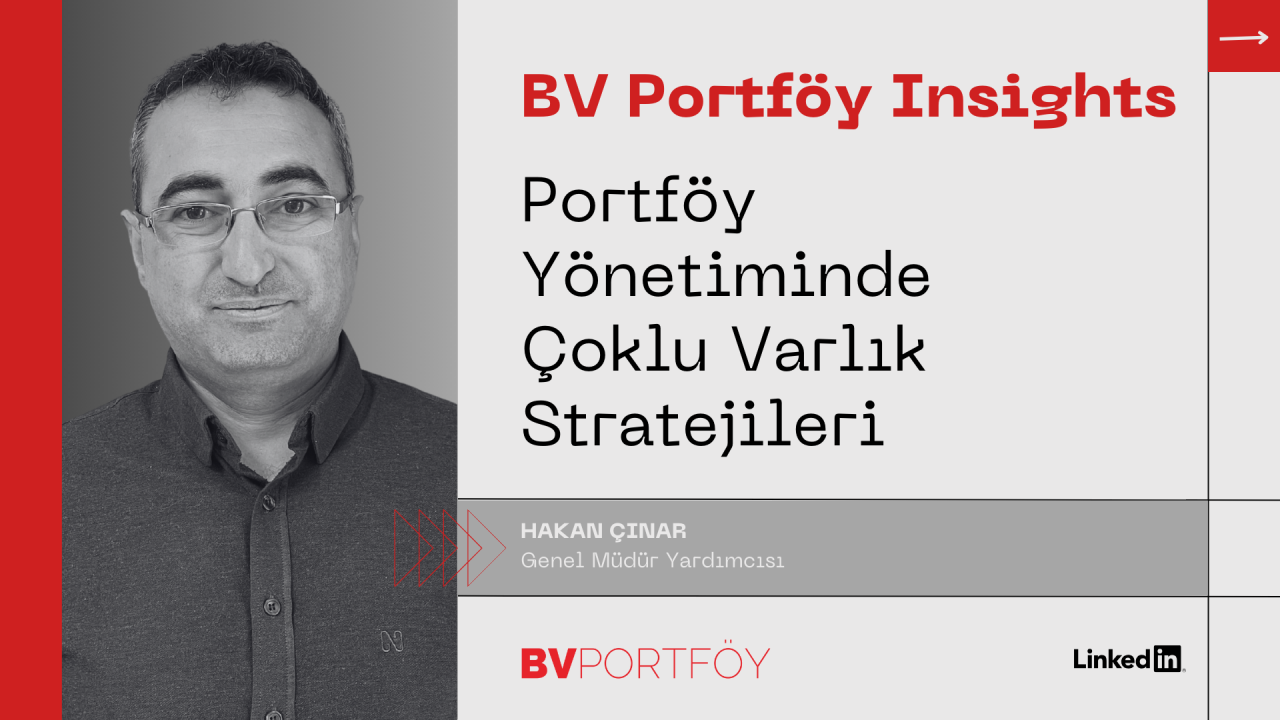The Impact of Central Bank Policies on Investor Decisions

Monetary policy and fiscal policy are the most important tools that shape the short- and long-term functioning of the economy. While central banks use monetary policy to control excessive short-term fluctuations in markets, long-term economic trends are more often directed through fiscal policies.
The Role of the Central Bank of the Republic of Türkiye (TCMB) in Fighting Inflation
High inflation, one of the chronic problems of the Turkish economy, has been at the center of monetary policies in recent years. To slow down supply- and demand-driven price increases and lower inflation expectations, the Central Bank of the Republic of Türkiye (TCMB) has been implementing a tight monetary policy for the past two years.
Looking at the dynamics of inflation, the biggest impact comes from upward movements in exchange rates and the expectations these movements create in the markets. Therefore, the TCMB first raised the policy rate to levels that provide a real return (interest above inflation expectations) in order to reduce volatility in exchange rates. In the second stage, it limited money supply and increased credit costs to curb price increases. In this way, both price stability was maintained and uncontrolled price rises were curbed.
Future Monetary Policy Cycle
With inflation entering a downward trend and expectations improving, the TCMB will gradually begin to lower the policy rate. However, during this process, it will continue to offer a lower real interest rate compared to the beginning, aiming to prevent excessive depreciation of the Turkish lira. At the same time, as credit interest rates gradually decline, controlled monetary easing will be implemented to meet the liquidity needs of the markets.
Strategies for Investors
So, which instruments should investors focus on within the TCMB’s monetary policy cycle?
- During interest rate hikes: In the tightening phase where real interest is negative, investors tend to move towards deposits and liquid funds. In this period, long-term bonds and stocks, which are negatively affected by high interest rates, have less place in portfolios.
- During the rate-cutting phase: As interest rates begin to fall, investors give more weight to long-term bonds and stocks, which benefit from declining interest rates.
- In the medium term: As inflation declines in line with TCMB’s targets and interest rates fall, increased liquidity and improved credit conditions boost corporate profitability. This strengthens stock markets. Both individual and institutional investors are expected to allocate more to equities in their portfolios.
Conclusion
In summary, the monetary policies implemented by central banks strongly affect the economy in the short and medium term. Therefore, investors should shape their portfolio strategies by taking into account the course of these policies and market expectations.
The most effective way to manage your investments safely, diversify your portfolio, and minimize risks is possible with the expertise of BV Portföy.
Related Insights
Discover Trending Funds
Apply now to start
smart investing
We will get in touch with you ASAP!
We've received your request, and our team will be in touch with you shortly. Please stay tuned, and thank you!






